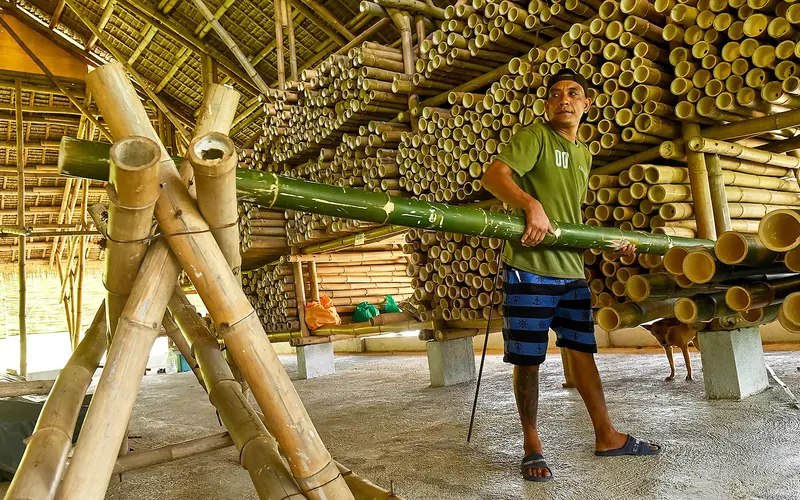Bamboo Buildings: Nature's Earthquake-Resistant Design
Saturday, 2025/11/01160 words2 minutes1856 reads
Bamboo has emerged as a promising material for earthquake-resistant construction. Its natural properties make it uniquely suited to withstand seismic shocks. In Ecuador, following a powerful 7.8-magnitude earthquake in 2016, many bamboo structures remained standing while buildings made of conventional materials collapsed.
The secret lies in bamboo's flexibility and lightweight nature. During an earthquake, bamboo buildings can sway and absorb energy without breaking. This characteristic is similar to how modern skyscrapers are designed to move during earthquakes.
Researchers and engineers are now studying bamboo more closely. They have found that it performs well in laboratory tests simulating earthquake conditions. As a result, bamboo construction projects are increasing in earthquake-prone regions around the world.
Besides its seismic resistance, bamboo offers other advantages. It grows rapidly, making it a sustainable resource. It's also cost-effective, with a two-bedroom bamboo home costing less than $20,000 to build in some areas. These factors make bamboo an attractive option for both safety and affordability in construction.
